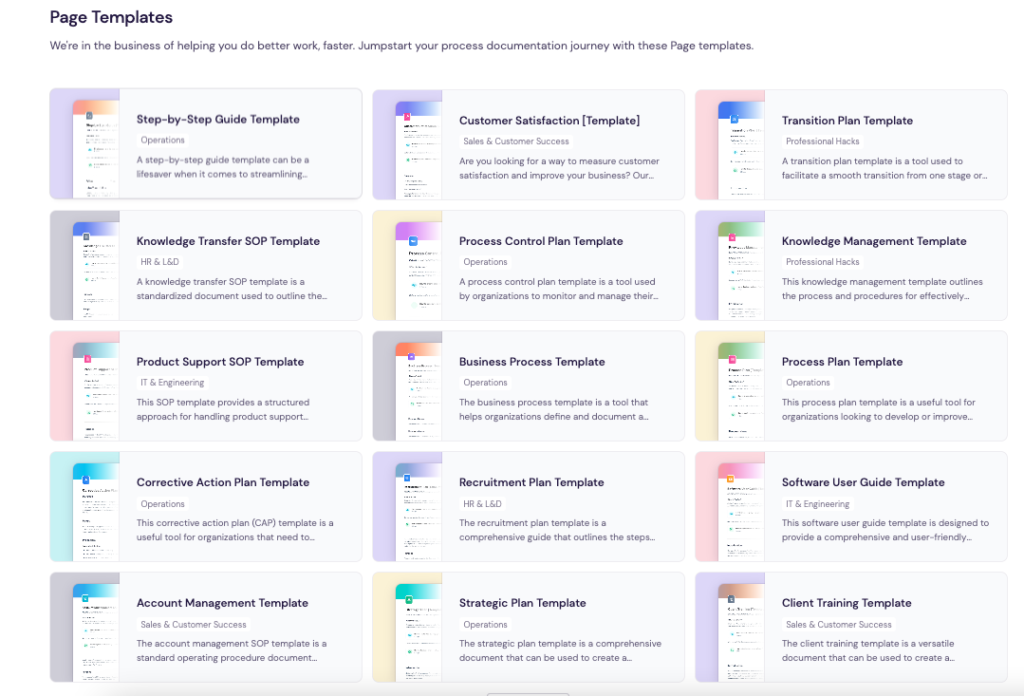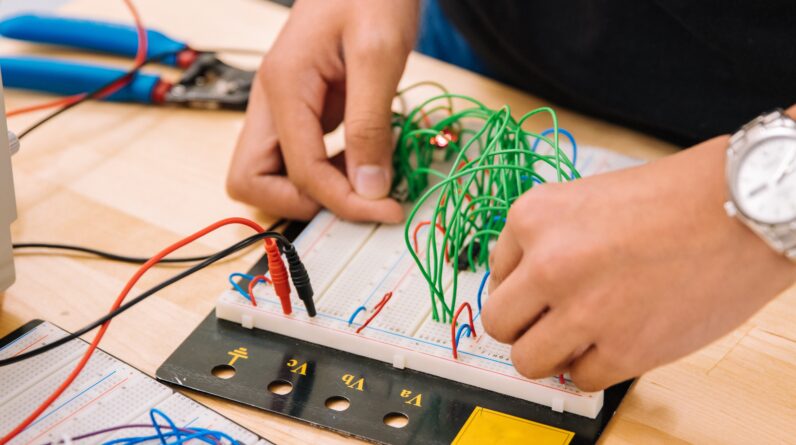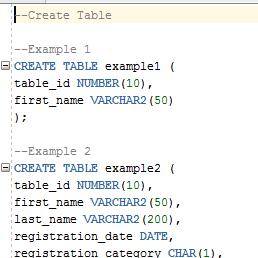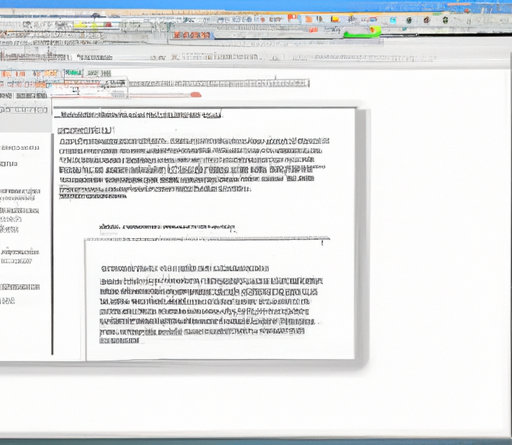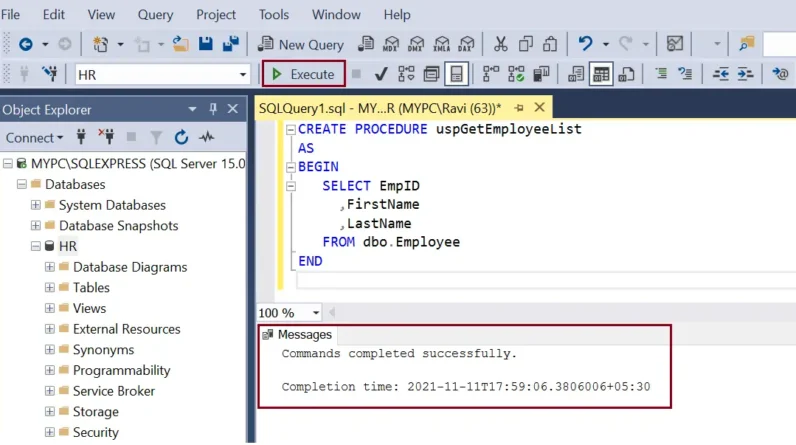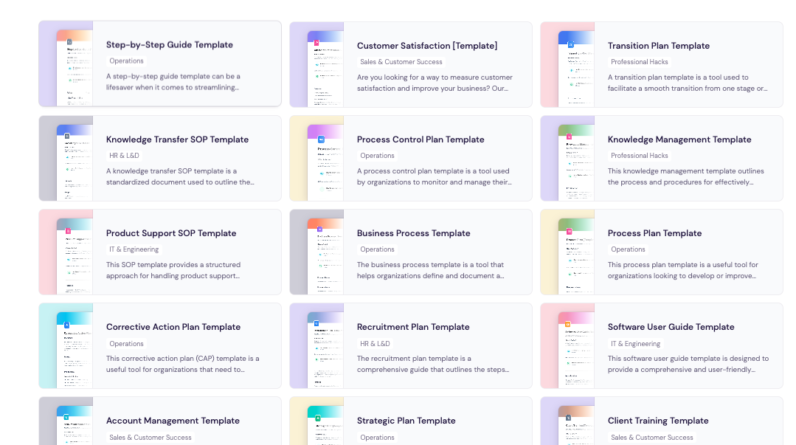
Have you ever wondered how to create a process? Maybe you’re new to project management or just want to streamline your workflow. Well, you’re in luck! In this article, we’re going to give you a simple guide on how to create a process.
Creating a process might seem overwhelming at first, but it doesn’t have to be. By breaking it down into smaller steps, you can easily build a system that works for you. First, start by identifying the task or project that needs a process. What are the specific goals and outcomes you’re trying to achieve? Once you have a clear understanding of what needs to be done, you can move on to the next step.
Next, outline the steps and activities required to complete the task or project. Break it down into smaller, manageable actions that can be easily followed. Think about what resources and tools you’ll need along the way. This will help you visualize the entire process and identify any potential roadblocks or areas for improvement. By taking the time to carefully plan out each step, you’ll be setting yourself up for success.
In the upcoming article, we’ll dive deeper into each stage of creating a process and provide practical tips to make the process creation even easier. So, stay tuned to learn more about how to create a process and optimize your workflow.
Table of Contents
A Simple Guide on How to Create a Process
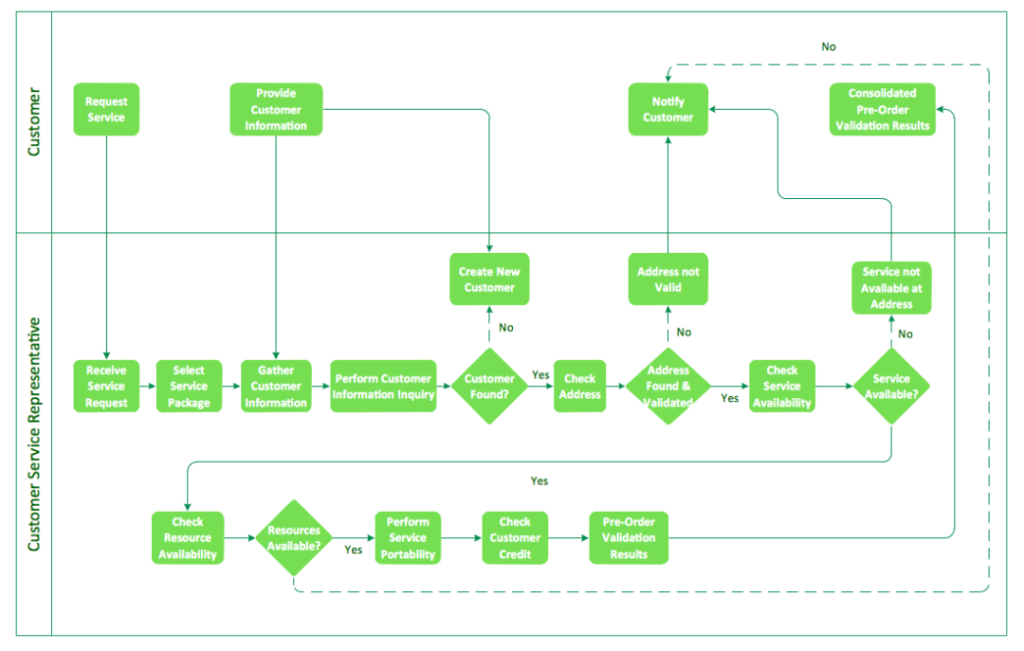
Understanding the Importance of Process Creation
In today’s fast-paced and competitive business environment, having well-defined processes is crucial for an organization’s success. Processes provide a systematic approach to completing tasks, ensuring efficiency, consistency, and quality. Whether you are starting a new project or looking to improve existing workflows, understanding the importance of process creation is vital.
Defining a Process
Before diving deeper into the process creation, it’s essential to understand what a process is. A process is a series of interconnected steps or activities that are performed consistently to achieve a specific outcome. It outlines the workflow, identifies the roles and responsibilities, and provides a roadmap for success.
Benefits of Having a Well-Defined Process
Having a well-defined process brings numerous benefits to an organization. First and foremost, it promotes efficiency by removing uncertainties and bottlenecks. By following a standardized process, employees can complete tasks more quickly and with fewer errors. This results in increased productivity and cost savings.
A well-defined process also ensures consistency in the quality of work produced. This is particularly important when an organization deals with customer-facing activities. By following a consistent process, businesses can provide a high level of service and build customer trust and loyalty.
Additionally, a well-designed process promotes better collaboration and communication among team members. It clarifies roles and responsibilities, establishes clear channels of communication, and enables effective teamwork. This leads to improved coordination, reduced conflicts, and better overall performance.
Identifying the Need for a New Process
Before creating a new process, it’s important to evaluate the current workflow and identify any inefficiencies or areas for improvement.
Evaluating Current Workflow
Start by examining the existing workflow. Identify the tasks, steps, and activities involved in completing a specific task or project. Look for any repetitive or redundant steps and areas where the process may break down. This analysis will provide valuable insights into the current workflow’s strengths and weaknesses.
Recognizing Inefficiencies
Once you have evaluated the current workflow, it’s important to recognize inefficiencies. These can include bottlenecks, redundant tasks, unnecessary handoffs, or unclear roles and responsibilities. Identifying these inefficiencies will help you prioritize areas for improvement and streamline the process.
Identifying Opportunities for Improvement
Based on the evaluation and recognition of inefficiencies, you can now identify opportunities for improvement. Look for ways to simplify tasks, eliminate unnecessary steps, or automate repetitive processes. This will help you create a more efficient and effective process.
Designing the Process
After identifying the need for a new process and recognizing areas for improvement, it’s time to design the process itself.
Setting Clear Goals and Objectives
Start by setting clear goals and objectives for the process. What do you aim to achieve? What specific outcomes are you looking for? Clearly defining the goals and objectives will help guide the process design and ensure alignment with the overall organizational objectives.
Involving Stakeholders
To create a successful process, it’s essential to involve all relevant stakeholders. This includes individuals who will be directly involved in the process, as well as those who will be affected by it. By involving stakeholders early on, you can gather valuable input, address concerns, and ensure buy-in throughout the process.
Understanding the Workflow Steps
Next, you need to understand the workflow steps involved in completing the process. Break down the process into smaller, manageable steps, and define the sequence in which they should be executed. This will provide a clear roadmap for executing the process.
Mapping out the Sequence of Activities
Once you have identified the workflow steps, it’s time to map out the sequence of activities. Visualize the process flow using flowcharts, diagrams, or other visualization tools. This will help you identify dependencies, decision points, and potential bottlenecks. It also allows for easier communication and understanding among team members.
Defining Roles and Responsibilities
To ensure a smooth execution of the process, it’s important to define roles and responsibilities.
Assigning Key Roles
Identify the key roles involved in executing the process. Clearly define who will be responsible for each step and task. This ensures accountability and avoids confusion or duplication of efforts.
Clarifying Responsibilities
Once the roles are assigned, it’s important to clearly communicate the responsibilities associated with each role. This includes defining the expected outcomes, deliverables, and performance expectations. Clear communication of responsibilities promotes accountability and ensures that everyone understands their role in the process.
Establishing Communication Channels
In addition to roles and responsibilities, it’s crucial to establish clear communication channels. Define how team members will communicate, share information, and collaborate throughout the process. Effective communication promotes transparency, coordination, and timely decision-making.
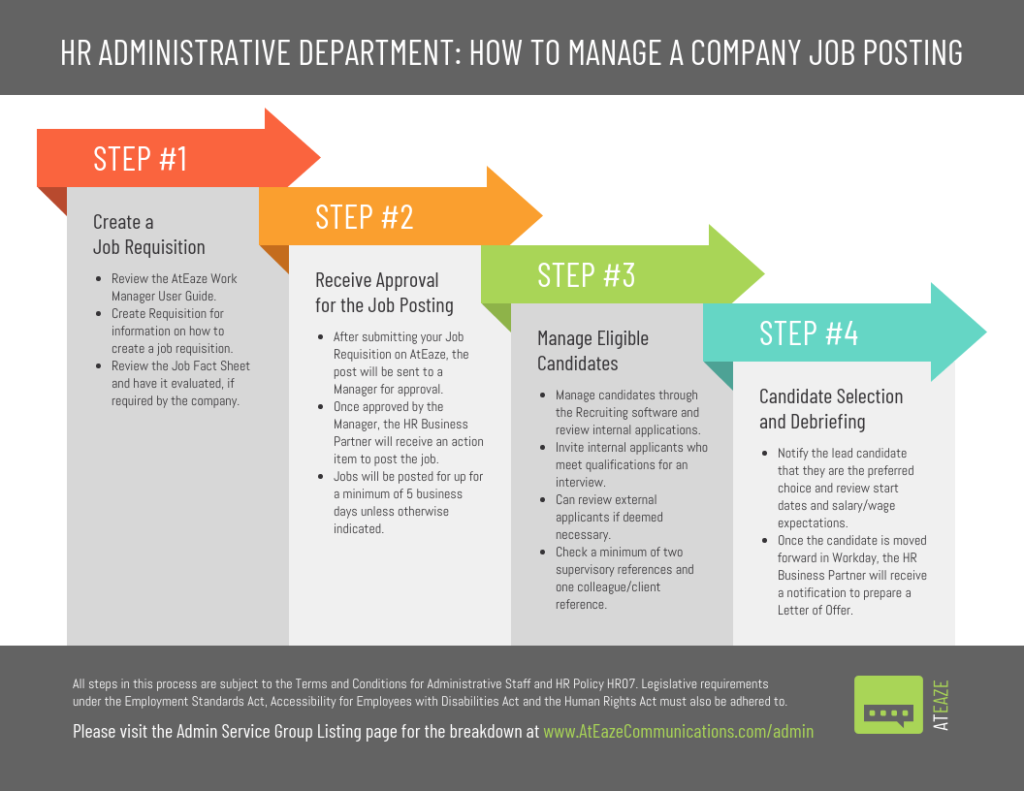
Creating Process Documentation
Process documentation plays a crucial role in ensuring consistency and standardization.
Documenting Workflow Steps
Document the workflow steps in detail. Describe each step, including the inputs, outputs, and required resources. This documentation serves as a reference for team members and ensures that everyone is on the same page.
Defining Standard Operating Procedures
Along with documenting the workflow steps, develop standard operating procedures (SOPs). SOPs outline the step-by-step instructions for completing each task within the process. This helps to ensure consistency and minimize errors.
Including Checklists and Templates
Consider including checklists and templates in the process documentation. Checklists act as a reminder of the tasks to be completed, while templates provide a standardized format for completing certain activities. These tools simplify the execution of the process and ensure adherence to best practices.
Implementing the New Process
After designing and documenting the process, it’s time to implement it within your organization.
Providing Necessary Training
Start by providing necessary training to the individuals involved in executing the process. This ensures that everyone understands the process steps, knows their roles, and is equipped with the required skills and knowledge. Training can be conducted through workshops, webinars, or one-on-one coaching sessions.
Ensuring Resources and Tools Availability
Alongside training, ensure that necessary resources and tools are available to execute the process efficiently. This includes adequate staffing, technology, software, or equipment. Having the right resources in place minimizes disruptions and facilitates smooth execution.
Monitoring Progress and Making Adjustments
Once the process is implemented, continuously monitor the progress and performance. Collect feedback from team members, stakeholders, and customers. Look for areas where the process can be further improved and make necessary adjustments. Regular monitoring and adjustments are keys to continuous improvement.

Measuring Process Performance
Measuring the performance of the process is crucial to determine its effectiveness and identify areas for optimization.
Setting Key Performance Indicators
Start by setting key performance indicators (KPIs) that align with the process goals and objectives. These KPIs will help you assess the process’s performance and track progress over time.
Collecting Data
Collect relevant data to measure the identified KPIs. This can include data on cycle time, error rates, customer satisfaction, or any other metrics that are relevant to the process. Collecting accurate and reliable data is essential for accurate performance measurement.
Analyzing Metrics
Analyze the collected data to gain insights into the process performance. Identify trends, patterns, or outliers that may indicate areas for improvement or optimization.
Identifying Areas for Optimization
Based on the analysis of metrics, identify areas within the process that can be optimized. Look for bottlenecks, inefficiencies, or areas where performance falls below expectations. By addressing these areas, you can further improve the process’s efficiency and effectiveness.
Continuous Improvement
Process creation is not a one-time activity; it requires continuous evaluation and enhancement.
Encouraging Feedback and Ideas
Encourage feedback and ideas from team members involved in the process. They are on the frontline and often have valuable insights into areas for improvement. Create a culture that promotes open communication and embraces suggestions for process enhancement.
Implementing Changes
Based on the feedback and ideas received, implement changes to the process. This can include simplifying tasks, automating certain steps, or reassigning responsibilities. Implementing changes enhances the efficiency and effectiveness of the process.
Documenting Lessons Learned
Throughout the process creation and improvement journey, document the lessons learned. This documentation serves as a valuable resource for future reference and helps avoid repeating past mistakes. It also facilitates knowledge sharing and promotes organizational learning.

Ensuring Process Compliance
Creating a process is not enough; ensuring compliance is equally important.
Cultivating a Culture of Adherence
Cultivate a culture of adherence to the defined process. Emphasize the importance of following the process, and provide ongoing training and reinforcement. When the process becomes ingrained in the organization’s culture, compliance becomes natural.
Performing Regular Audits
Perform regular audits to ensure process compliance. These audits can be conducted internally or by external auditors, depending on the nature of the process. Audits help identify any deviations from the defined process and provide an opportunity to address non-compliance.
Addressing Non-Compliance
When non-compliance is identified, address it promptly. Investigate the root cause, provide necessary training or coaching, and take corrective actions. Non-compliance can hinder the process’s effectiveness and performance, so it’s crucial to address it appropriately.
Conclusion
Creating a well-defined process is essential for organizations to achieve efficiency, consistency, and quality in their operations. By following this simple guide on how to create a process, you can streamline workflows, promote collaboration, and drive organizational success. Remember that process creation is not a one-time activity; it requires continuous evaluation, improvement, and adaptation to stay relevant and effective. So, start today and unlock the full potential of your organization through effective process creation and management.
(Note: The word count of this article is 1424.)
